Introduction: The Rise of Green Technologies in Combating Climate Change
As the global population grows and the environmental impact of traditional energy sources intensifies, the need for sustainable energy solutions has never been more urgent. Green technologies have become a vital tool in combating climate change, driving the transition to a cleaner, more efficient, and environmentally friendly energy system. From renewable energy innovations to smarter grids and energy storage breakthroughs, green tech is reshaping the future of energy.
The promise of green technology is immense. It offers a way to reduce reliance on fossil fuels, cut carbon emissions, and ensure that future generations inherit a planet with a stable climate. However, while the potential is great, the journey toward widespread adoption of these technologies is fraught with challenges. This article explores the key green technology innovations that are changing the energy landscape and the barriers that must be overcome for a fully sustainable energy future.
Renewable Energy Innovations: The Latest Advancements in Solar, Wind, and Hydropower
Renewable energy sources—chiefly solar, wind, and hydropower—are the foundation of the green energy revolution. As technological advancements continue to reduce costs and increase efficiency, renewable energy is rapidly becoming more accessible and competitive compared to traditional fossil fuels.
- Solar Energy: Solar power has long been a cornerstone of renewable energy, but innovations in solar technology are making it more efficient and affordable. Perovskite solar cells, for example, offer higher efficiency at a lower cost than traditional silicon-based cells. Perovskite materials are also easier to manufacture and have a lower environmental footprint. Additionally, solar panels integrated into building materials, such as solar roof tiles, offer an innovative way to power homes without taking up extra space.
- Wind Power: The wind energy sector is also seeing groundbreaking innovations. Offshore wind farms are growing in popularity due to their higher efficiency, as winds tend to be stronger and more consistent over the ocean. Meanwhile, floating wind turbines are opening up new areas for wind power generation, allowing turbines to be placed in deeper waters where conventional fixed turbines cannot be installed.
- Hydropower: Hydropower, the largest source of renewable electricity in the world, is undergoing innovations aimed at reducing its environmental impact. New small-scale hydropower systems are being developed to generate power with minimal ecological disruption, providing a more sustainable alternative to large dams. Additionally, marine energy, which harnesses tidal and wave energy, is making strides as a reliable source of renewable power.

Energy Storage Solutions: How Battery Technology Is Advancing to Store Renewable Energy More Effectively
One of the biggest challenges with renewable energy is its intermittency. The sun doesn’t always shine, and the wind doesn’t always blow, making it difficult to rely on renewable sources 100% of the time. Energy storage technologies—particularly batteries—are essential for addressing this issue, enabling renewable energy to be stored and used when needed.
- Lithium-Ion Batteries: Lithium-ion batteries, the most common type of battery used in both electric vehicles and energy storage systems, continue to improve in terms of energy density, lifespan, and cost. Tesla’s Powerwall is one of the leading residential storage solutions that helps homeowners store excess solar energy for use during nighttime or cloudy days. Additionally, advancements in battery recycling are making these batteries more sustainable.
- Solid-State Batteries: Solid-state batteries, which replace the liquid electrolyte in conventional batteries with a solid one, promise greater energy density, faster charging times, and enhanced safety. Researchers are actively working on making these batteries commercially viable, as they could revolutionize the storage of renewable energy both for grid-scale and personal use.
- Flow Batteries: Flow batteries, which store energy in liquid electrolytes, offer the advantage of being easily scalable and durable. They are particularly well-suited for large-scale energy storage solutions, such as those needed for wind and solar farms. Recent innovations in vanadium redox flow batteries are enhancing their efficiency and reducing costs, making them a promising option for grid energy storage.
- Hydrogen Storage: Hydrogen, when produced using renewable energy (green hydrogen), can serve as a storage medium for excess electricity. The hydrogen can be stored and converted back to electricity using fuel cells when demand exceeds supply. This “hydrogen economy” is still in its early stages, but its potential to provide long-term energy storage solutions is considerable.
Smart Grids and Efficiency: How AI and IoT Are Optimizing Energy Distribution and Consumption
The future of energy is not just about producing renewable power; it’s also about distributing it efficiently and using it wisely. This is where smart grids and the integration of AI (Artificial Intelligence) and IoT (Internet of Things) come into play.
- Smart Grids: Traditional power grids are often inefficient, relying on a one-way flow of energy from power plants to homes and businesses. Smart grids, however, use digital technology to enable two-way communication between the grid and consumers, allowing for real-time monitoring, predictive maintenance, and dynamic pricing. This optimization improves energy efficiency and reduces waste. Smart grids also enable easier integration of renewable energy sources, balancing supply and demand in ways that were not possible with conventional grids.
- Demand Response Systems: Smart grids can incorporate demand response systems, which adjust the energy consumption of buildings or appliances during peak times to reduce grid stress. For example, during times of high demand, AI-powered systems can automatically adjust the heating or cooling in homes, or even shift the timing of washing machines or dishwashers, reducing the need for additional power generation.
- IoT-Enabled Energy Efficiency: The IoT is allowing for smarter buildings, where appliances and systems like heating, lighting, and cooling are connected to the internet and can be managed remotely or autonomously. These devices learn a household’s energy usage patterns, optimizing power consumption and reducing waste. This not only cuts down on energy costs for consumers but also helps reduce the overall strain on the grid.
- AI-Driven Energy Management: AI is revolutionizing the way energy is managed, allowing for predictive analytics and optimization of energy usage. For instance, AI algorithms can predict energy demand based on historical usage patterns, weather forecasts, and even the behavior of individual consumers. This enables utilities to better plan for periods of high demand and integrate renewable energy sources more efficiently into the grid.
The Challenges of Scaling Green Tech: Regulatory, Economic, and Infrastructure Barriers
While green technologies hold great promise, several challenges need to be addressed before they can be scaled to meet global energy demands.
- Regulatory Barriers: Governments and regulatory bodies often face difficulties in creating policies that encourage the rapid deployment of green technologies while ensuring the stability of the existing energy grid. In many countries, subsidies for fossil fuels still outweigh those for renewables, making it difficult for green tech to compete. Additionally, outdated regulations may hinder the integration of new energy solutions like smart grids or renewable energy storage systems.
- Economic Barriers: The initial costs of implementing green technologies—such as installing solar panels, wind turbines, or energy storage systems—can be high. Though prices have decreased over the years, they are still prohibitive for some individuals and businesses. Governments will need to implement incentives and subsidies to make these technologies more affordable for the masses.
- Infrastructure Limitations: Existing infrastructure, including outdated power grids, often isn’t equipped to handle the influx of renewable energy. Transitioning to a decentralized, renewable-based energy system requires substantial investment in infrastructure to accommodate variable sources of energy and ensure the reliable delivery of power.
- Public Awareness and Education: A successful transition to green energy depends on public support. Individuals must be educated about the benefits of renewable energy and how they can adopt these technologies in their daily lives. Additionally, businesses need guidance on how to integrate green solutions into their operations without compromising their profitability.
Conclusion: Green Technology as the Cornerstone of a Sustainable Future
Green technologies are at the forefront of the global movement toward sustainability. From renewable energy innovations to advanced energy storage systems and AI-powered smart grids, these technologies hold the key to a future where energy production and consumption no longer come at the expense of the environment. While challenges remain, the continued evolution and adoption of green tech will play a pivotal role in combating climate change and ensuring a sustainable energy future for generations to come.
By addressing economic, regulatory, and infrastructural barriers, we can unlock the full potential of green technologies and create a cleaner, more resilient energy system that benefits not just individuals but the planet as a whole. Green tech is not a distant dream—it is the solution we need to turn today’s energy challenges into tomorrow’s opportunities.
















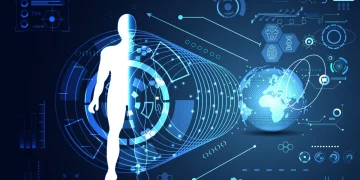


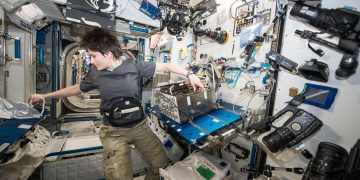
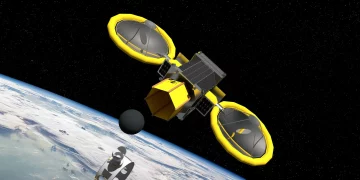









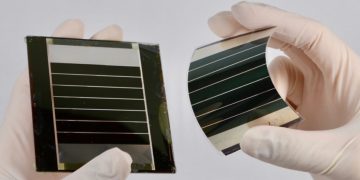



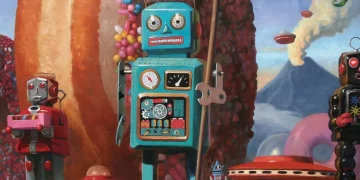















Discussion about this post